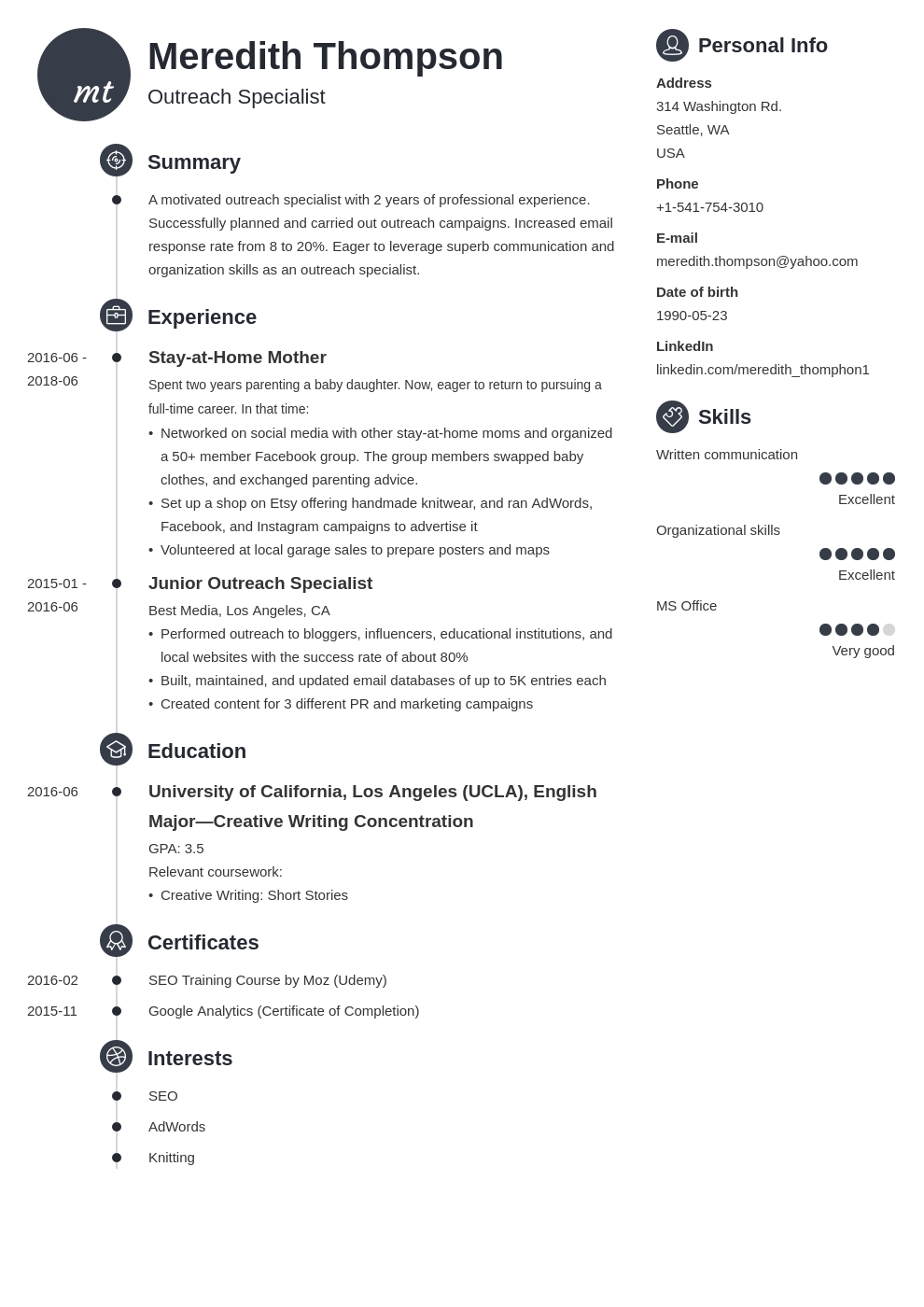Table of Content
- News
- Appointments - Manage Your Time Better At Home to Be Effective
- Help with the COVID‑19 vaccination portal or obtaining proof of vaccination
- Posters required in the workplace
- Supports if you need to isolate
- How to arrange home care and access to community services
- Head of Canadian Nurses Association sounds alarm on staffing shortage
- Flights
These services are most often, but not only, provided in settings such as supportive housing, apartment buildings or where clients live close together. This enables care to be provided as a drop-in or as-needed basis, instead of scheduled visits. If you don’t qualify for government-funded services and believe that you should, you can appeal the Home and Community Care Support Services organization’s decision through the Ontario Health Services Appeal and Review Board .
Together, we can make that bold goal an ordinary, everyday reality, shared by the millions of American men and women who call this great land home. Opportunity Zones deliver fast-acting and long-lasting solutions by allowing current investments to qualify and structuring rewards to serve local communities for the long-term. Only investors who commit capital for five, seven, and ten years receive the tax law’s formidable financial benefits. That means new growth becomes consistent growth, and new jobs become steady jobs.
News
Prior to joining PPIC, she was a research assistant with the social and demographic trends team at the Pew Research Center. In that role, she contributed to a variety of national quantitative and qualitative survey studies. The percentages presented in the report tables and in the questionnaire may not add to 100 due to rounding. Crain's free monthly report explores issues of diversity and inclusion in Chicago's business community. By providing your number, you agree to receive a one-time automated text message with a link to get the app. Enforce employment standards such as hours of work, vacation pay, minimum wage, etc.
To stay open, the government knows that retaining a strong nursing workforce is critical. As a result, the government is investing $763 million to provide Ontario’s nurses with a lump sum retention incentive. The government will make two payments for a total of $5,000 to nurses on the front lines. This initiative will help to retain nurses across the health care sector with the aim of helping to stabilize the current nursing workforce across the province. Cell phone interviews were conducted using a computer-generated random sample of cell phone numbers. Additionally, we utilized a registration-based sample of cell phone numbers for adults who are registered to vote in California.
Appointments - Manage Your Time Better At Home to Be Effective
Microsoft pleaded for its deal on the day of the Phase 2 decision last month, but now the gloves are well and truly off. The UK regulator signaled an in-depth review of Microsoft’s $68.7 billion deal to acquire Activision Blizzard last month, and the CMA has now published its full 76-page report on its findings. The CMA says it has concerns that Microsoft’s Activision Blizzard deal could lessen competition in game consoles, subscriptions, and cloud gaming, but Microsoft thinks the regulator has simply been listening to Sony’s lawyers too much.

Some web content related to employment standards and workplace health and safety may be temporarily unavailable as we move it to this website. When investors are “here today, gone tomorrow,” residents face an uncertain future. But when residents know new businesses are “here today, here to stay,” they can plan for the growth of their communities, provide a stable future for their families, and ultimately become homeowners.
Help with the COVID‑19 vaccination portal or obtaining proof of vaccination
Expanding Ontario’s health workforce, shoring-up domestic production of critical supplies, and building more hospital beds – this is how the government will ensure Ontario’s health care system is truly resilient. Not just for the next pandemic, but for any emergency that threatens to place significant stress on our health care system. A Plan to Stay Open is our government's mission to build on our progress to date. We will expand Ontario's health workforce with more doctors, nurses, and personal support workers to care for our loved ones. We will shore-up our domestic production of critical products and PPE to seize controlof our own safety and protect access to the critical supplies we need.

Opportunity Zones are economically distressed communities, defined by individual census tract, nominated by America’s governors, and certified by the U.S. Secretary of the Treasury via his delegation of that authority to the Internal Revenue Service. Under certain conditions, new investments in Opportunity Zones may be eligible for preferential tax treatment. There are 8,764 Opportunity Zones in the United States, many of which have experienced a lack of investment for decades.
The lack of domestic production left us dependent on other jurisdictions who prioritized helping themselves. From ventilators and face masks to nitrile gloves and hand sanitizer, businesses across the province, with the help of the government, took immediate action to boost the stockpile of emergency supplies for personal and medical use. In the early part of the pandemic, the government needed to find a way to detect our common enemy and protect our communities, so we stood up testing locations and assessment centres in every corner of the province. As of March 2022, Ontario had completed over 23 million lab-based PCR tests and deployed over 135 million free rapid antigen tests. This includes over 96 million tests to thousands of workplaces, hospitals, home and community care settings, long-term care homes and schools and childcare centres across the province, as well as over 39 million to the general public.
The Opportunity Zones initiative is not a top-down government program from Washington but an incentive to spur private and public investment in America’s underserved communities. This will assist the health care system in responding to evolving pandemic needs, better understanding the patients and communities they serve, and designing and delivering integrated, coordinated care. The pandemic brought to light long-standing, systemic challenges due to decades of neglect and chasing priorities that did not serve the people of Ontario in their hours of greatest need. The consequences of these failings cost Ontario dearly in the early days of the pandemic, and they highlighted the importance of emergency oversight and accountability, and the need to ensure there is always a watchful eye kept on Ontario’s readiness. To do this, it is essential that Ontario companies create, commercialize and adopt advanced technologies to compete and thrive in today’s global economy. A new government-wide Life Sciences Strategy is an essential first step towards establishing Ontario as a global biomanufacturing and life sciences hub.
Fewer than half of likely voters say the outcome of each of these state propositions is very important to them. Today, 21 percent of likely voters say the outcome of Prop 26 is very important, 31 percent say the outcome of Prop 27 is very important, and 42 percent say the outcome of Prop 30 is very important. The shares saying the outcomes are very important to them have remained similar to a month ago for Prop 27 (29%) and Prop 30 (42%). Today, when it comes to the importance of the outcome of Prop 26, one in four or fewer across partisan groups say it is very important to them. About one in three across partisan groups say the outcome of Prop 27 is very important to them. Fewer than half across partisan groups say the outcome of Prop 30 is very important to them.

Since October 1, 2020, Ontario has invested over $1.3 billion to temporarily enhance wages for PSWs and DSWs to help stabilize, attract and retain the workforce needed to provide high-quality patient care during the COVID-19 pandemic. The legislation allows the government to make temporary or permanent compensation enhancements where needed to address emerging issues that are seriously impacting the delivery of public services as Ontario recovers from the pandemic. This will also allow permanent compensation enhancements to address outstanding pay equity obligations should they exist. Investing in programs to add an additional 2,000 nurses to the long-term care sector over the next four years. By supporting private sector partners, and through innovative initiatives with organizations on the ground, the government was able to end the supply shortages and get made-in-Ontario PPE into the hands of frontline workers and Ontario families.





















